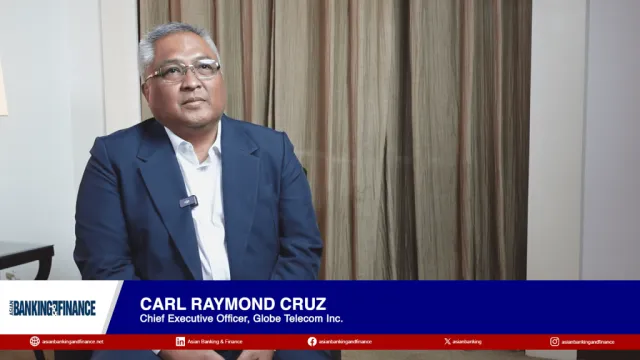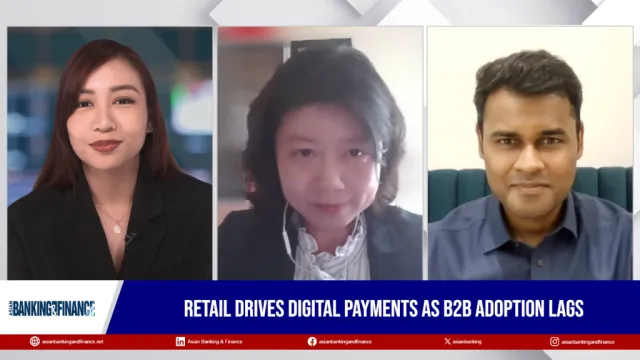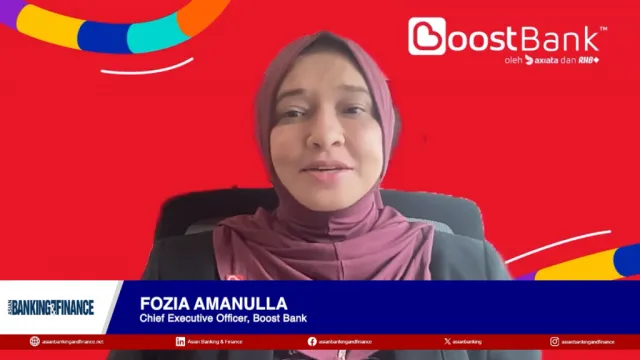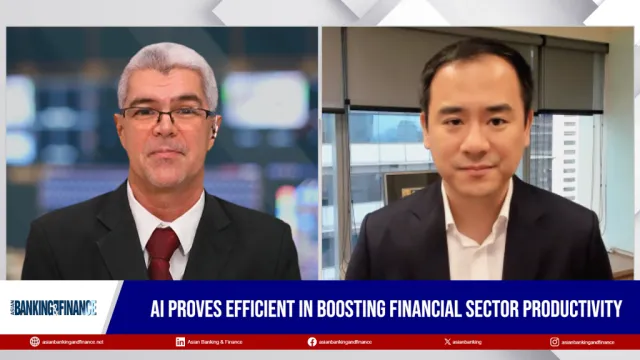
Does the future of banking lie in the metaverse?
Virtual reality may be the answer to more digitally optimized financial services that does not sacrifice personalisation.
The future of banking may just lie within the comforts of your home while you transport yourself into a digital world and your digital self discusses finance with your banking assistant. At least, that’s what banks are betting on as they head into the metaverse.
Global lenders–amongst them big names such as J.P. Morgan and Standard Chartered– have been reportedly snapping up virtual land on which to lay the seeds of their burgeoning digital empires, as they seek to explore how this up-and-coming digital platform may better serve their increasingly tech-savvy customers.
“We have seen an uptick in interest amongst banks, primarily driven by their internal innovation incubators,” Capco’s Paul Sommerin, partner and digital, data and technology leader; and Leon Leung, principal consultant and head of innovation APAC, told Asian Banking & Finance via written correspondence. “The focus at the moment is on how banks can engage with a younger and more tech-savvy consumer in the future and this is one potential avenue to reach them.”
In Asia, banks have already started exploring the metaverse. KB Kookmin Bank, one of the biggest financial institutions in South Korea, has already created a virtual town with a virtual bank where customers can access personalised financial information and interact one-on-one with its financial advisors using virtual reality (VR).
In Singapore, J.P. Morgan has unveiled its Onyx lounge in the metaverse, which facilitates cross-border payments, foreign exchange, financial assets creation, trading and safekeeping in the metaverse. DBS also recently bought a 3x3 virtual land in The Sandbox, a decentralized virtual game environment built on Ethereum, for its planned DBS BetterWorld project.
The sudden spate of metaverse ventures amongst banks indicates that there is much excitement amongst the lenders in exploring the transformational potential of technology, even when its final form may still be hard to imagine, said Nicole Bodack, managing director of capital markets, growth markets, for Accenture.
“Banks should be prepared to observe a similar trajectory to mobile banking which took five years to fully diffuse into banking. As we go beyond 2D to 3D, we can design an expansive universe with the ability to immerse customers,” Bodack said.

Early artwork showing plans for DBS BetterWorld (source: DBS).
Experience Design
The banking world’s progression from 2D and 3D precisely explains how it has arrived to the point where the metaverse is considered a probable banking platform.
“If we think back on banking services up until the 80s, they were analogue-driven. The business model was focused on face-to-face human interaction, building trust and rapport with customers at a physical branch. Fast forward to the present time, the focus has shifted from ATMs to online to digital banking, steered towards increasing distribution and reducing friction,” said Sommerin and Leung.
One downside of the shift to digital, however, is that it came at the expense of side-lining human interactions, replacing them instead with services such as chatbots or automatic replies. This impersonalisation is severely affecting an increasingly important factor in delivering a satisfying banking journey: customer experience.
Metaverse could bridge this gap, according to analysts.
“Simply put, metaverse conceptually can be an immersive front-end to the world of web3.0. It offers a unique opportunity for banks to experiment, bringing back the long-neglected human interactions. With data analytics and service design, financial institutions should be able to offer immersive hyper- personalization to rebuild and strengthen customer relationships and lifetime value in this nascent virtual channel,” said Sommerin and Leung.
Bodack shared the same sentiment.
“In the hyperconnected world we live in today, we are still disconnected in many ways. Take banking, for example. Whilst it is functionally complete, most interactions feel transactional,” she noted, adding that a customer could have a more engaging experience with a service representative or advisor represented by a realistic avatar than with a flat screen of a chat application or even a video call.
“Within such a metaverse, banks can bring together people, spaces and objects in both the virtual and real worlds, and evoke a sense of community among its customers. Banks can add a third dimension and a sense of human presence to digital banking experiences to bring a more personal touch to remote and virtual customer interactions,” Bodack said.
She added that the metaverse creates an alternative path to embark on the exploratory journey to redefine the financial services experience - specifically targeting millennial and Gen Z consumers.
“Banks can also introduce new products and services by tapping on the metaverse’s burgeoning economy to extend their brands by insuring and lending against digital assets including cryptocurrency, NFTs and virtual real estate,” she said.
Hurdles
Being still in its infancy stage is what gives the metaverse its potential, but it also means that companies–and in particular, banks–wishing to explore the space have a lot of challenges to contend with.
Chief amongst these are banks’ own tech. “To achieve progress in partially or fully institutionalizing this realm, and to ensure the safety of banking activities, banks and financial institutions will need to upgrade their current technology platforms or partner with fintech players to prepare for the foreseeable future. Large global financial institutions running on legacy platforms will have the most to lose if they don’t upgrade their core platforms and decide to ignore the potential disruptions these emerging technologies could bring,” Leung and Sommerin warned.
Bodack also noted that investors and customers may perceive buying land in Decentraland as volatile and expensive.
Reputational risks should also be considered.
“For the metaverse, it is quite similar to social media or interactions in the real world. Metaverses may expose brands, including banks, to a range of reputational and legal risks. The nature or extent of these risks might be difficult to anticipate at this early stage as the metaverse is a fairly new concept for banks,” Bodack said.
Bodack advised banks venturing into the space to consider issues that already exist in the real world and how they would handle them in the metaverse. These include issues of abuse and harassment on the internet, money laundering and fraud, and privacy and data risks.
“This is a defining moment for banks. The concerns regulators and consumers already hold today around privacy, bias, fairness, and the human impact of digital platforms will become more acute as the metaverse further blurs the line between people’s physical and digital lives,” she said.
Crypto Volatility
Another factor to consider is that of crypto assets, which is an integral part of most metaverses. The Sandbox, for example, with whom both DBS and Standard Chartered have recently partnered for their first foray into the metaverse, is built on the Ethereum blockchain.
“The widespread adoption of crypto assets in a fully developed metaverse may pose a systemic risk to financial stability. The larger the volume of crypto transactions happening, the larger the potential impact to real-world financial stability if prices were to collapse,” Bodack said.
In an open metaverse, the more the platform grows, the more risks from crypto assets are likely to scale against systemic financial stability, she warned. “Hence, it is critical for regulators to address risks from crypto assets' use in the metaverse before they reach systemic status.”
Ultimately, it’s up to the banks to balance risk with reward, and take careful steps to ensure stability whilst positioning itself to be at the front once the benefits of the metaverse roll in.
“The metaverse is fast approaching with existing and future utilities. Look no further than to the series of metaverse patents and trademark filings, made by some of the world’s leading payment processing providers, as testament to the strategic potential firms now see in “metaverse commerce”,” Leung and Sommerin said.
And as XR technologies converge with traditional services, and the pace of integration and adoption increases, Capco expects metaverse commerce as a revenue stream for firms will take off and experience exponential growth.
“This all points to why financial institutions need to consider the metaverse in their omnichannel strategies moving forward,” the analysts concluded.

 Advertise
Advertise



